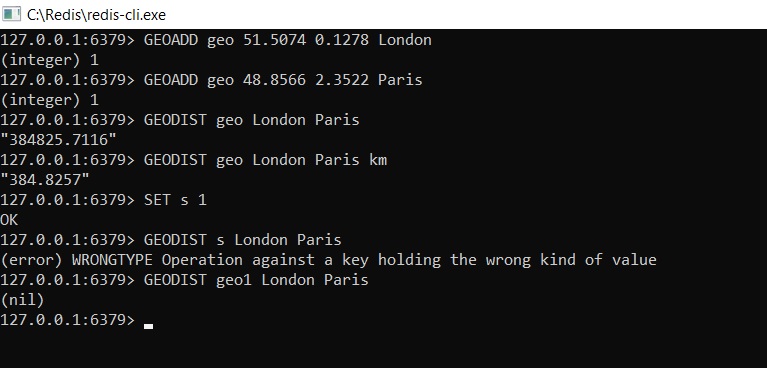

In this paper we introduce new expert-coded measures of regime legitimation strategies for 179 countries in the world from 1900 up until 2018 that are comparable across time and space. By using a sample of twenty-one Western countries, we present social policy trends and developments during and in the short aftermath of World Wars I and II. In addition to policy innovations and reforms, both world wars also led to institutional innovations such as the establishment of welfare ministries. These new revenue sources were not only needed to pay for the war debt, but also brought the fiscal resources to pay for newly introduced programmes such as unemployment insurance and for the extensions of existing welfare schemes. The immense costs of mass warfare also led to the introduction of new taxes such as the income tax and massive tax hikes of existing taxes.


This chapter examines the impact of both world wars on the development and reshaping of social policies in the Western world. The horrors caused by both world wars, military demobilisation, post-war economic and political crises and war-induced institutional transformations created a huge demand for social protection that states were well-placed to fill. Military Conflict and Welfare State Development in Western Countries. Cambridge University Press, 2016 Obinger et al., Warfare and Welfare. Social Policy Preferences, Development, and Dynamics. The impact of war on the development of welfare states in the Western world has recently attracted growing attention (Castles, Journal of European Social Policy, 20, 91–101, 2010 Rehm, Risk Inequality and Welfare States.


 0 kommentar(er)
0 kommentar(er)
